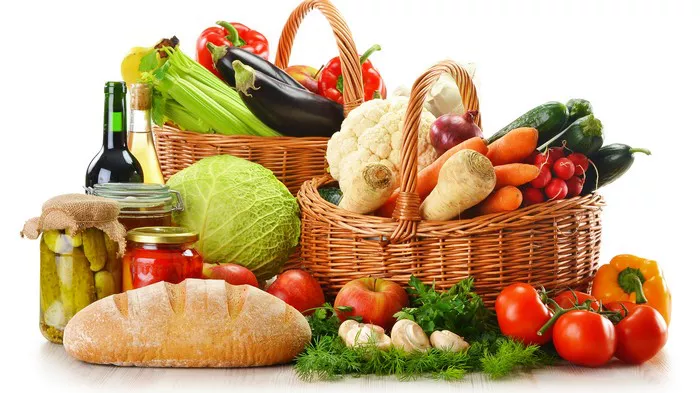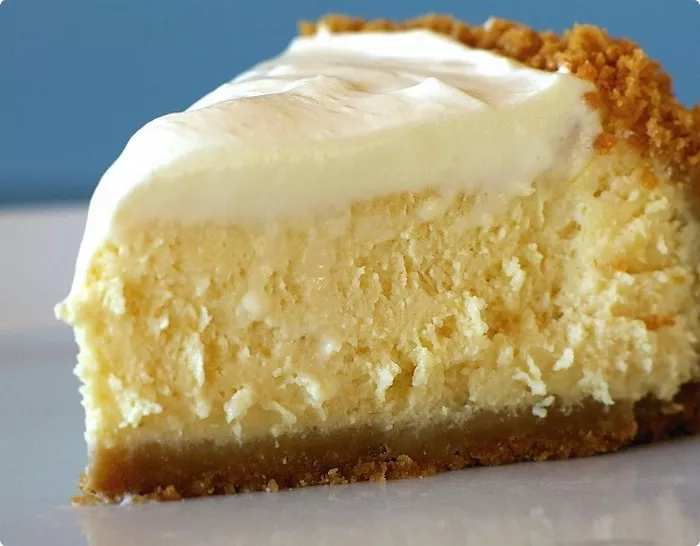Belly fat, also known as visceral fat, is not only aesthetically displeasing but can also have significant implications for your overall health. Excessive abdominal fat has been linked to various health issues, including heart disease, diabetes, and certain types of cancer. If you’re wondering, “What should I eat to get rid of belly fat?” you’ve come to the right place. In this article, we’ll explore dietary strategies that can help you shed those unwanted pounds and achieve a healthier, flatter stomach.
Understanding Belly Fat
Before diving into the specific foods to incorporate into your diet, it’s important to understand the nature of belly fat. Unlike subcutaneous fat found just beneath the skin, visceral fat accumulates deep within the abdominal cavity, surrounding vital organs. This type of fat is metabolically active, releasing hormones and inflammatory substances that can contribute to insulin resistance, inflammation, and other metabolic disorders.
The Role of Diet in Reducing Belly Fat
While spot reduction is a myth (you can’t specifically target fat loss in one area), adopting a healthy and balanced diet can aid in overall weight loss, including belly fat. A calorie deficit is necessary to lose weight, meaning you need to consume fewer calories than you burn. However, it’s crucial to focus on the quality of the calories you consume rather than just the quantity.
The following sections highlight key dietary principles and specific foods to incorporate into your diet to help combat belly fat.
Prioritize Whole Foods
When it comes to shedding belly fat, opting for whole, unprocessed foods is paramount. These foods are typically rich in nutrients, fiber, and antioxidants while being low in added sugars and unhealthy fats. Prioritize the following whole foods:
Fruits and Vegetables: These are excellent sources of fiber, vitamins, minerals, and antioxidants. Aim to include a variety of colorful fruits and vegetables in your daily meals.
Lean Proteins: Incorporate lean sources of protein like chicken breast, turkey, fish, tofu, legumes, and Greek yogurt into your diet. Protein helps promote feelings of fullness and supports muscle growth.
Whole Grains: Swap refined grains for their whole-grain counterparts like brown rice, quinoa, oats, and whole-wheat bread. These provide more fiber and nutrients, keeping you satisfied for longer.
Healthy Fats: Include sources of healthy fats, such as avocados, nuts, seeds, and olive oil. These fats provide satiety and can help reduce inflammation.
Emphasize Fiber-rich Foods
Fiber plays a crucial role in weight management and reducing belly fat. It adds bulk to your meals, making you feel fuller for longer and curbing overeating. Additionally, certain types of fiber can help reduce visceral fat. Here are some fiber-rich foods to incorporate into your diet:
Legumes: Beans, lentils, chickpeas, and other legumes are excellent sources of soluble fiber and protein. They are also low in fat, making them a great addition to any weight-loss diet.
Whole Grains: As mentioned earlier, whole grains are not only rich in nutrients but also high in fiber. Opt for whole-grain versions of bread, pasta, and cereals to increase your fiber intake.
Fruits and Vegetables: These should be the foundation of your diet. Aim for at least five servings of fruits and vegetables per day, as they are packed with fiber, water, and essential nutrients.
Chia Seeds: These tiny seeds are loaded with fiber and can absorb water, expanding in your stomach and promoting a feeling of fullness.
Mindful Eating and Portion Control
In addition to making healthier food choices, it’s important to practice mindful eating and portion control. By paying attention to your body’s hunger and fullness cues, you can avoid overeating and promote a healthier relationship with food. Here are some tips:
Slow Down: Eat your meals slowly, savoring each bite. This allows your brain to receive signals of fullness and prevents overeating.
Portion Sizes: Be mindful of portion sizes. Use smaller plates and bowls to help control your portions visually. Listen to your body and stop eating when you feel satisfied, not overly full.
Snack Wisely: Choose healthy snacks like fruits, vegetables, and nuts instead of processed, high-calorie options.
Avoid Added Sugars and Refined Carbohydrates
Added sugars and refined carbohydrates can contribute to weight gain and an increase in belly fat. These foods often provide empty calories and lack essential nutrients. Minimize your consumption of the following:
Sugary Beverages: Sodas, fruit juices, energy drinks, and sweetened teas are loaded with added sugars. Opt for water, herbal tea, or unsweetened beverages instead.
Processed Foods: Many processed foods, such as cookies, cakes, candies, and snack bars, are high in added sugars and unhealthy fats. Choose whole foods instead.
White Bread and Pasta: Refined grains like white bread, pasta, and baked goods have had their fiber and nutrients stripped away. Opt for whole-grain alternatives.
Conclusion
While there’s no magic food or quick fix to eliminate belly fat, adopting a healthy and balanced diet is key to achieving a flatter stomach. Focus on whole, unprocessed foods, emphasize fiber-rich choices, practice mindful eating, and avoid added sugars and refined carbohydrates. Remember, sustainable weight loss takes time and consistency. Combine a healthy diet with regular physical activity and sufficient sleep for optimal results. Consult with a healthcare professional or a registered dietitian for personalized advice tailored to your specific needs. With dedication and patience, you can achieve a healthier body and bid farewell to stubborn belly fat.























